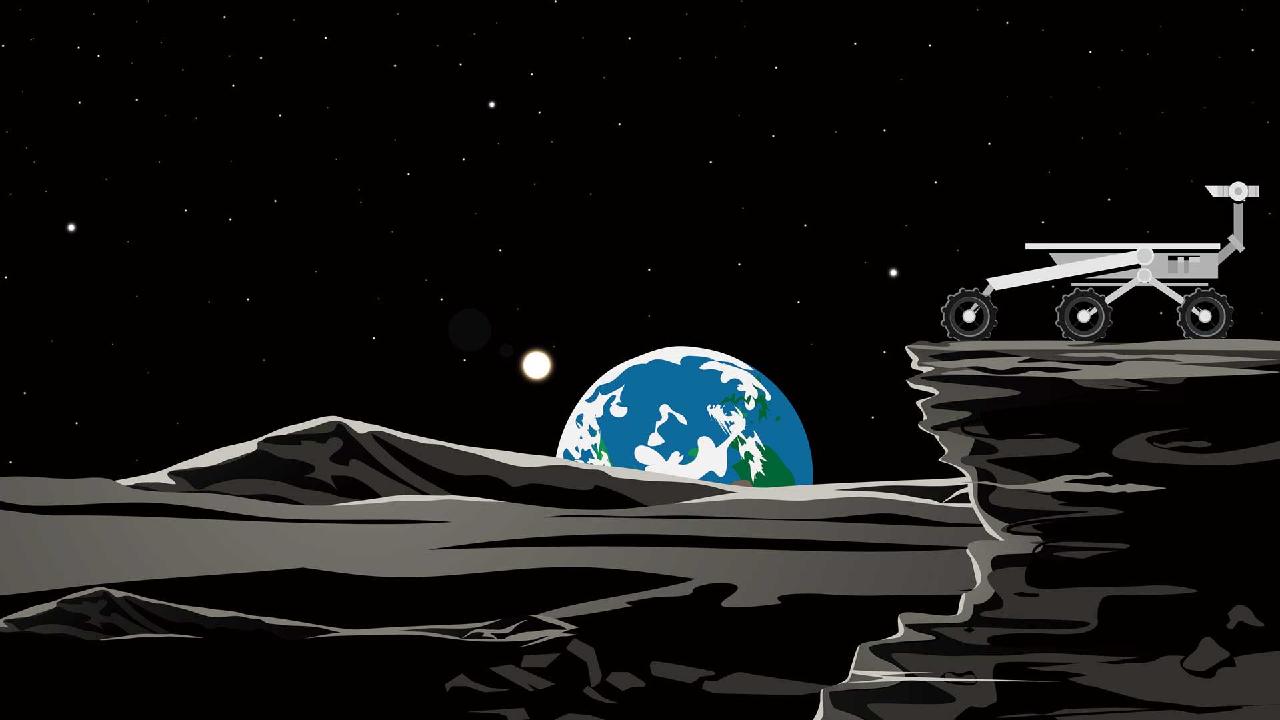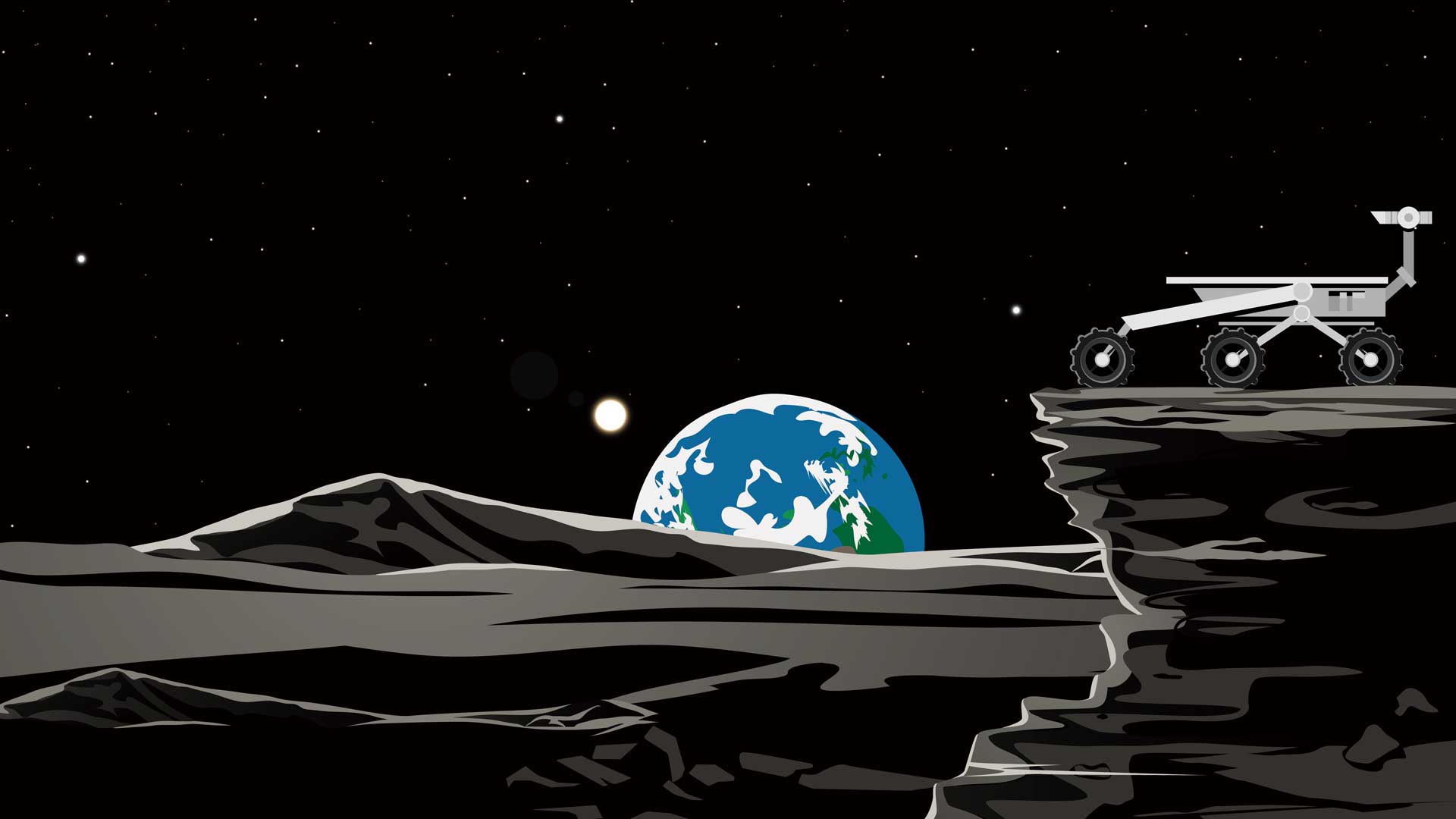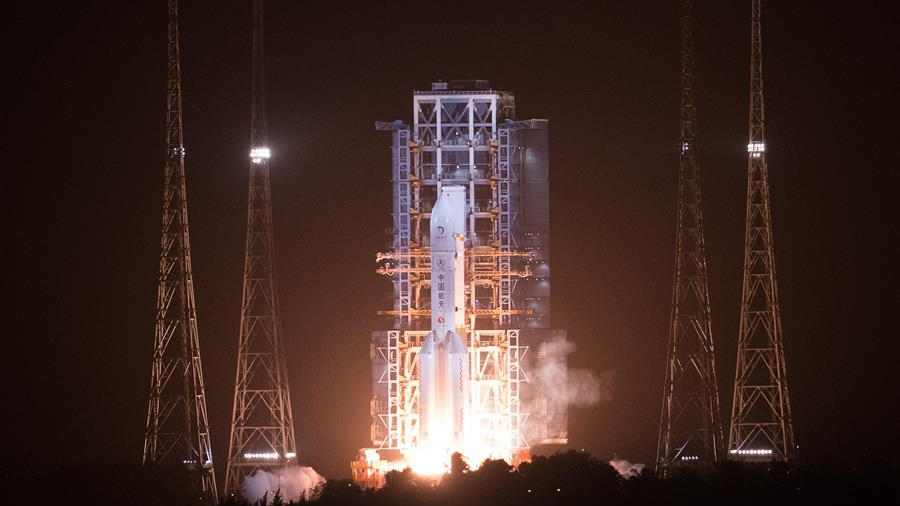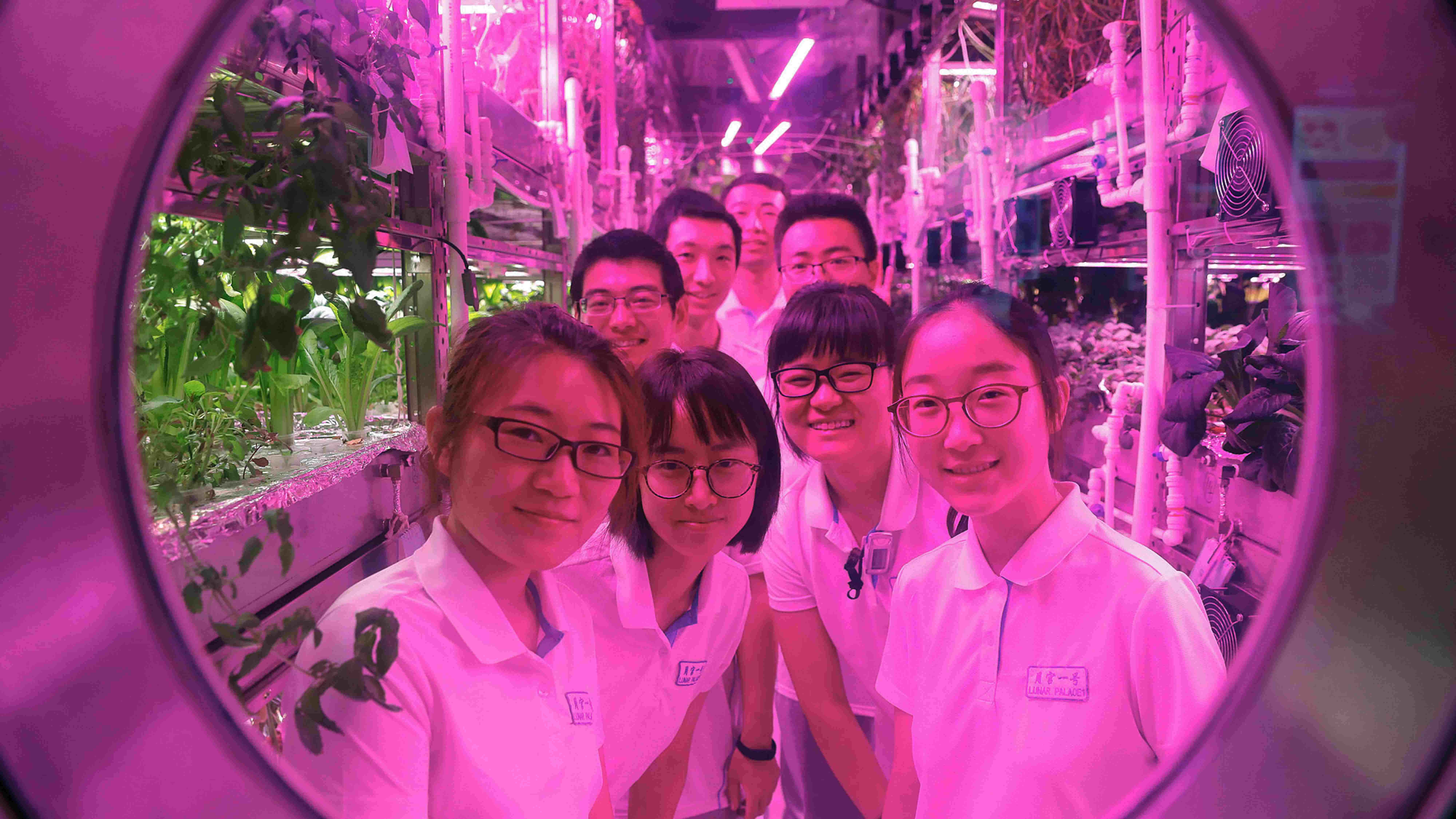
[ad_1]

Shortly after the Chinese lunar sampler Chang’e-5 was launched into space, an official working with the Chinese space program again mentioned the plan for a lunar research base.
“Chang’e-6, 7 and 8 will be carried out gradually,” said Xu Hongliang, secretary general of the China National Space Administration (CNSA), the Chinese equivalent of NASA.
“An international lunar research base is also planned,” he added.

The launch of the Chang’e-5 sample return vehicle on November 24, 2020. / CFP
The launch of the Chang’e-5 sample return vehicle on November 24, 2020. / CFP
A moon base is very likely to host the first humans living on the surface of a sphere other than planet Earth, which can make history.
When will we see this happen? In 10 years, maybe.
Zhang Kejian, CNSA chief who was part of the 2019 version of the TIME 100 list, told media in 2019 that the moon base would be completed in “about 10 years.”
China is already making progress with “Yuegong-1”, an autonomous laboratory that can help humans survive on the moon. The first experiments in 2017 and 2018 showed that volunteers can survive for a year in the laboratory.
In total, 97% of the laboratory is autonomous. This means that China only needs to send three percent of its products to the moon each year for the lab to keep functioning.

Volunteers living in the Yuegong-1 lunar base prototype. / CFP
Volunteers living in the Yuegong-1 lunar base prototype. / CFP
More importantly, it will be a China-led international project involving other space powers around the world like Russia and Europe.
“It will likely be located at the southern end of the moon,” said Wu Weiren, chief engineer of the Chinese lunar project. “It will only be used for peace purposes and will benefit all parties involved.”
Russia has already refused invitations from the United States to jointly build a lunar laboratory and has chosen China as a partner instead. And Europe is also paying close attention to China’s lunar project, seeking opportunities for cooperation.
The United States may not be lucky this time around, as it has blocked off all Chinese space programs since 2011.
Possible weapon?
For science fiction fans, it may remind them of the Netflix TV comedy series “Space Force,” which depicts a fictional fight between the Chinese and American moon crew that destroyed the moon base in both countries.
While comedy made space warfare fun, the reality is that a moon base could potentially be used as a weapon.
“We Chinese are against space warfare,” said Ouyang Zhiyuan, chief scientist of the Chinese Lunar Project. “But that won’t stop others from using the moon in wars.”
Height control can be useful for soldiers. This is why people capture mountain tops and build castles during battles. In modern warfare, planes and satellites are often used to provide a height advantage.
The highest place humans have ever reached is the moon.
“All the space powers say they want to build research facilities on the moon,” Ouyang told Global People, “but that’s just an excuse. What they really want is to occupy lands on the Moon. “
Ouyang described the possibility of installing light speed weapons on the moon. Such a weapon can hit a target on Earth in less than two seconds.
“And you can’t destroy the weapon because it’s too far away,” he added.
Endless energy?
The moon can help humans destroy themselves, but it can also help us survive longer in the universe.
The moon has no atmosphere, so there is almost nothing blocking sunlight. This makes the moon a great place to build solar power plants – perhaps better than anywhere on Earth.
In addition, the moon can help us build an “endless” source of energy – the artificial sun.

The international “ITER” artificial sun project begins assembly in France in July 2020. / CFP
The international “ITER” artificial sun project begins assembly in France in July 2020. / CFP
Modern science has revealed that most of the energy we use today comes from sunlight – coal and petroleum are essentially storing ancient sunlight.
Scientists and engineers have been trying to build a smaller sun on Earth for decades. And helium-3 is a great fuel for that.
100 tonnes of Helium-3 can generate the energy needed by all humans for a year. And there may be a million tonnes of helium-3 on the moon – which can help humans survive another 10,000 years.
The construction of the artificial sun requires many strict conditions, some of which can be easily fulfilled on the moon since the sphere has much less gravity than the Earth.
Hear Zou Yue from CGTN explain why the “artificial sun” can change everything.
Imagine if we no longer need oil. Many wars will become unnecessary and we may experience one of the most peaceful ages in history. Isn’t that awesome?
And that is why we must continue the lunar exploration effort. China’s International Lunar Laboratory could be a good start.
[ad_2]
Source link